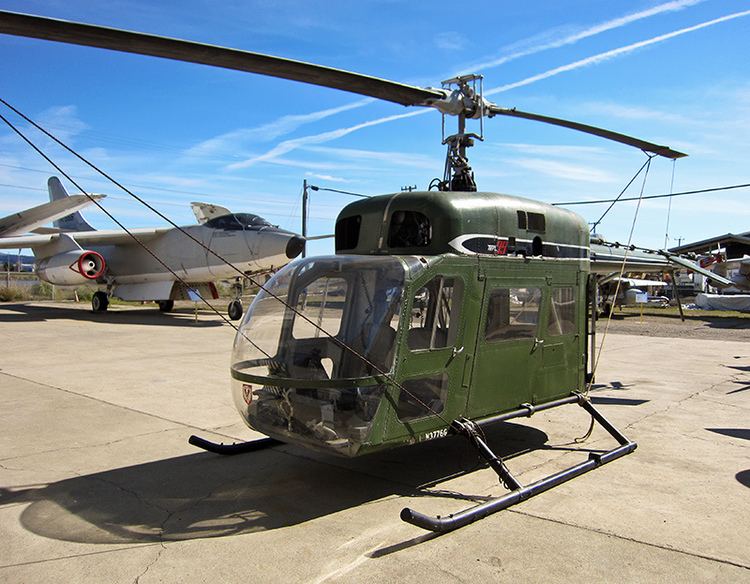Length 13 m | First flight July 16, 1961 | |
 | ||
Hiller ten99 prototype utility helicopter built 1961 but lost to the bell uhi
The Hiller Ten99 (also known as the Hiller 1099) was an American 1961 experimental helicopter, created by Hiller Aircraft.
Contents
- Hiller ten99 prototype utility helicopter built 1961 but lost to the bell uhi
- Design and development
- Specifications
- References
Design and development
The helicopter seated six and was similar to other helicopters by Hiller, but featured a larger, box-shaped cabin. It has four doors, and a set of clamshell doors on its aft side. The aircraft was powered by a Pratt & Whitney Canada PT6, and in July 1961, was the first aircraft to have been powered solely by a PT6 engine. The Ten99 was developed for a United States Navy Assault Support Helicopter program. However, the Navy eventually selected the Bell HU-1 instead. A civilian model was proposed, but not produced, and the project was eventually abandoned.
Specifications
Data from Jane's All The World's Aircraft 1965–66
General characteristics
